Optical Chips Go Mainstream: In a groundbreaking shift for artificial intelligence and chip design, optical chips are emerging as a powerful alternative to traditional silicon-based processors. Recently, reports have circulated suggesting Apple is developing an AI processor that uses light instead of electricity, potentially placing the tech giant at the forefront of photonic computing.
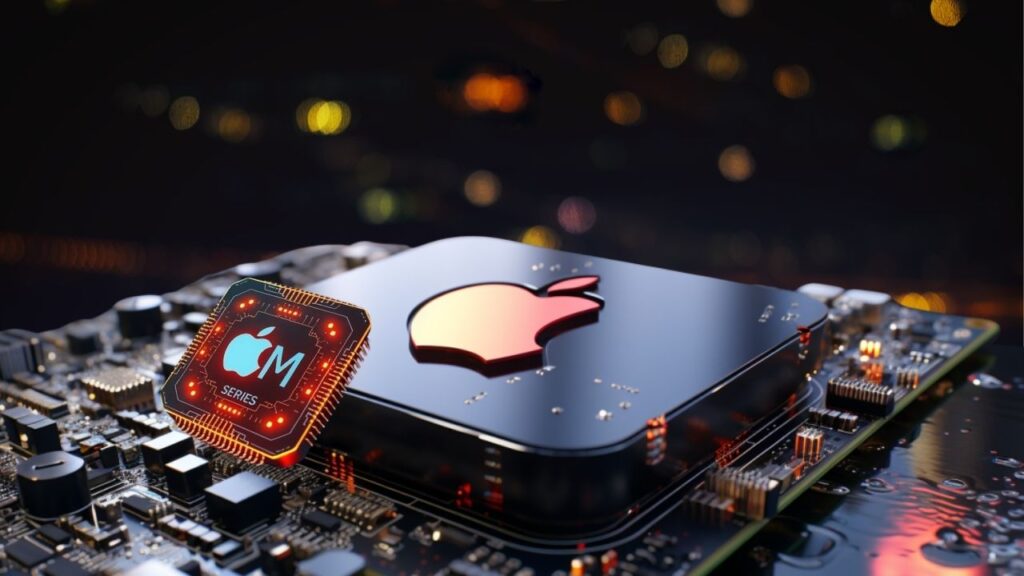
While Apple has not officially confirmed a photonic chip product, its ongoing investment in next-generation AI processors for smart glasses, server infrastructure, and AI-enhanced MacBooks indicates a possible future where optical computing becomes mainstream.
Table of Contents
Optical Chips Go Mainstream
| Feature | Details |
|---|---|
| Technology | Optical/Photonic Chips |
| Developer | Apple (rumored), Tsinghua University, MIT (confirmed projects) |
| Energy Efficiency | Over 1,000x better than traditional chips (Source: IEEE Spectrum) |
| Processing Speed | Ultrafast, capable of real-time AI computations |
| Applications | AI servers, smart glasses, MacBooks, data centers |
| Status | Apple development ongoing, no official release yet |
| Reference | Apple AI Chip News – Reuters |
Optical chips are no longer science fiction. With major breakthroughs from leading universities and startups, and tech giants like Apple showing strong interest, the era of light-powered AI processors may arrive sooner than expected. These chips promise to revolutionize AI performance, making devices faster, greener, and more capable than ever before.
Whether you’re a curious reader, a developer, or a tech leader, this is a space worth watching closely.
What Are Optical Chips?
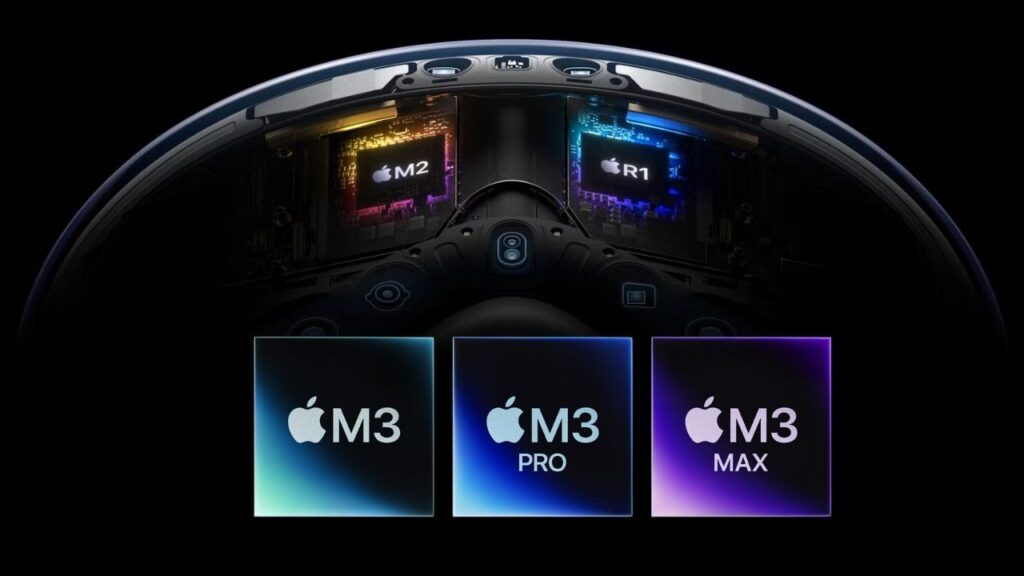
Optical chips, or photonic processors, use light (photons) instead of electricity (electrons) to carry and process data. Traditional computer chips rely on electric signals, which generate heat and consume large amounts of energy. In contrast, light-based chips are cooler, faster, and significantly more energy-efficient.
Why is this important?
- Data centers and AI servers are power-hungry.
- AI computations are growing exponentially.
- Optical chips offer ultra-fast speeds and low power usage, solving both issues.
Researchers at Tsinghua University introduced a photonic AI chip called Taichi, which is over 1,000 times more energy-efficient than silicon counterparts (IEEE Spectrum). Similarly, MIT is pioneering photonic deep learning chips capable of executing neural networks using nothing but light.
Why Apple Might Be Moving to Optical AI Chips
Apple is known for creating energy-efficient hardware that integrates tightly with its software. The move toward optical chips aligns with:
- Its focus on sustainability.
- The need for on-device AI performance in products like Vision Pro and MacBooks.
- Future ambitions in AR smart glasses and AI-powered wearables.
According to Bloomberg and Reuters, Apple is working on custom AI chips for data centers and consumer products. While no official Apple photonic chip has been announced, it’s logical to assume that photonic design may be part of their roadmap.
How Do Optical Chips Work?
Here’s a simplified breakdown of how these chips work:
Step 1: Data is converted to light
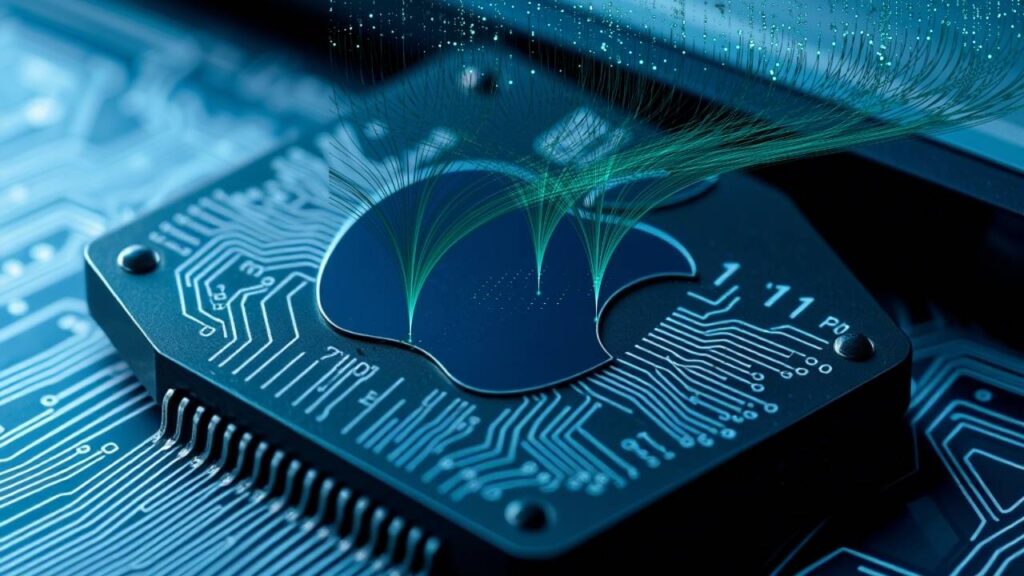
Special lasers or LED sources convert data into light pulses.
Step 2: Light travels through circuits
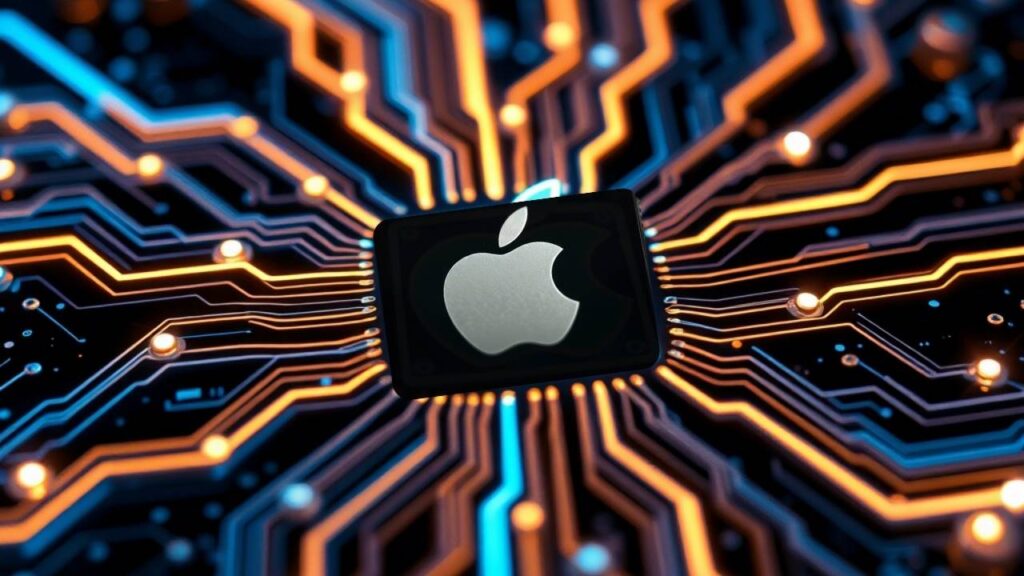
These light pulses move through photonic waveguides (tiny transparent pathways) etched onto a chip.
Step 3: Operations occur via interference
By controlling how light waves interfere with one another, chips can perform computations, just like electrons do on a traditional chip.
Step 4: Output is detected
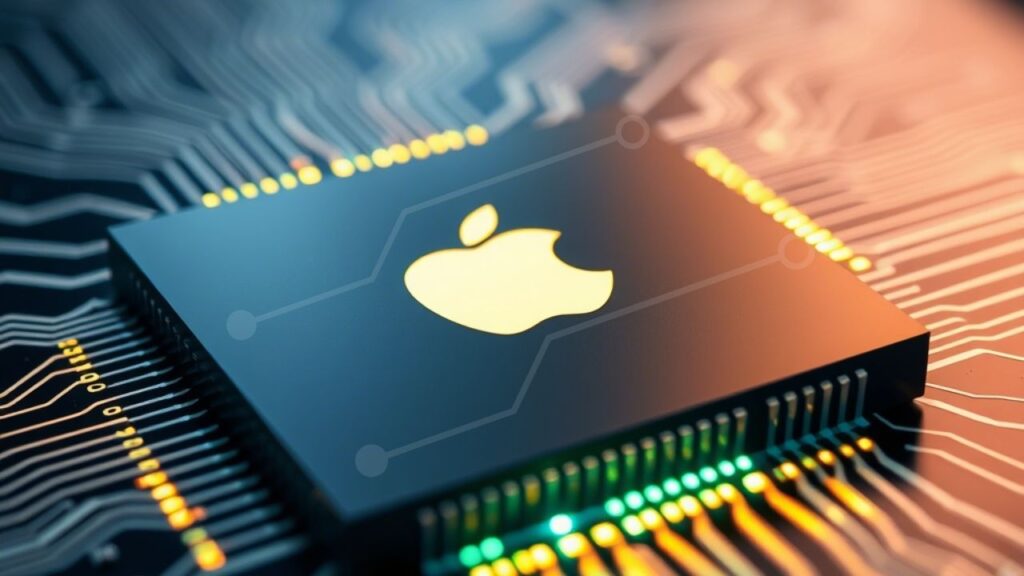
The results of the computations (light patterns) are converted back into electrical signals for other components to use.
Because light travels faster and doesn’t create as much heat, these chips can crunch AI data faster and with less energy.
Use Cases of Photonic AI Chips
1. AI Servers
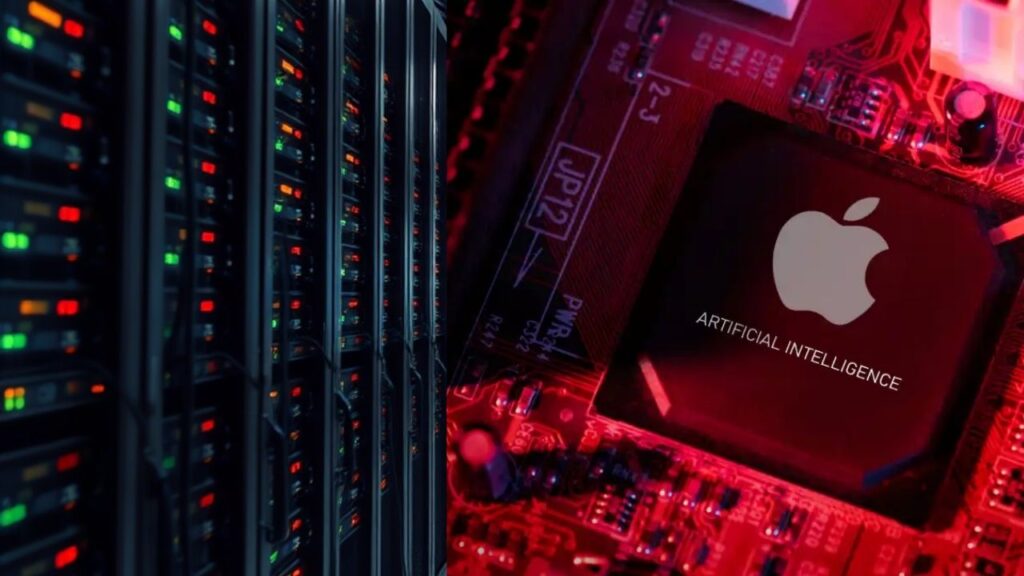
In massive AI data centers, where models like GPT-4 and GPT-5 are trained, photonic chips could slash electricity costs and reduce cooling needs.
2. On-device AI
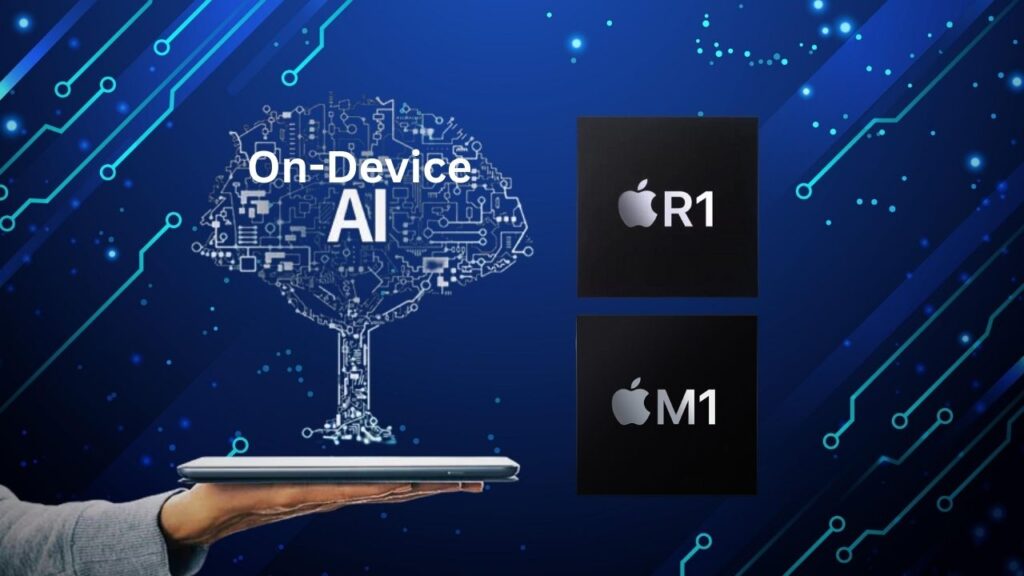
Imagine iPhones or MacBooks that can translate, summarize, or create images in real time without relying on cloud services.
3. Smart Glasses & AR Devices
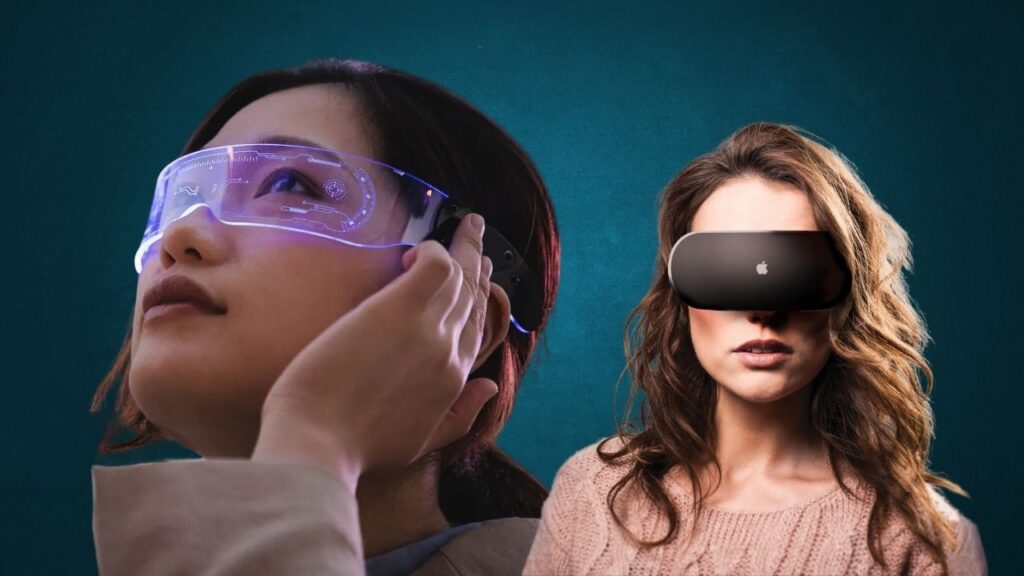
Photonic chips could power AR experiences with real-time object recognition and translation, running locally to protect privacy and improve speed.
4. Healthcare & Science
Optical chips might accelerate drug discovery, genome analysis, or physics simulations where huge datasets must be processed in seconds.
Challenges of Photonic Computing
As promising as optical chips are, they come with challenges:
- Size and manufacturing complexity: Light needs more space than electricity.
- Cost: Photonic components are expensive.
- Integration: Most software and systems are designed for electronic chips.
But ongoing research is solving these issues. Companies like Lightmatter, Intel, and Nvidia are all exploring hybrid approaches, blending optical and electronic designs.
What This Means for Developers and Professionals
If you’re in tech, AI, or software development, it’s time to:
- Stay updated: Follow photonic research from MIT, Intel, and startups like Lightmatter.
- Understand hybrid architectures: Learn how optical and electronic components may co-exist.
- Prepare for low-latency inference: Design models that work efficiently on energy-constrained optical devices.
For engineers and CTOs, the shift may redefine server infrastructure and AI deployment strategies over the next 5-10 years.
Startup Uses Organic Electronics to Build Biodegradable Smart Sensors
Scientists Achieve Room-Temperature Superconductivity — What It Means for Tech and Energy
MIT Researchers Develop Transparent Solar Panels for Windows and Mobile Devices
FAQs About Optical Chips Go Mainstream
What are optical chips?
They are chips that use light (photons) instead of electricity (electrons) to process information.
Are optical chips available to consumers now?
Not yet. Most are in research labs or early-stage startup prototypes.
Is Apple making an optical chip?
Apple hasn’t confirmed a photonic chip, but insider reports suggest they’re investing in next-gen AI hardware.
How are they better than traditional chips?
They offer ultrafast speeds, extreme energy efficiency, and lower heat output.
What companies are leading the field?
MIT, Tsinghua University, Lightmatter, Intel, and Nvidia are notable players.



















